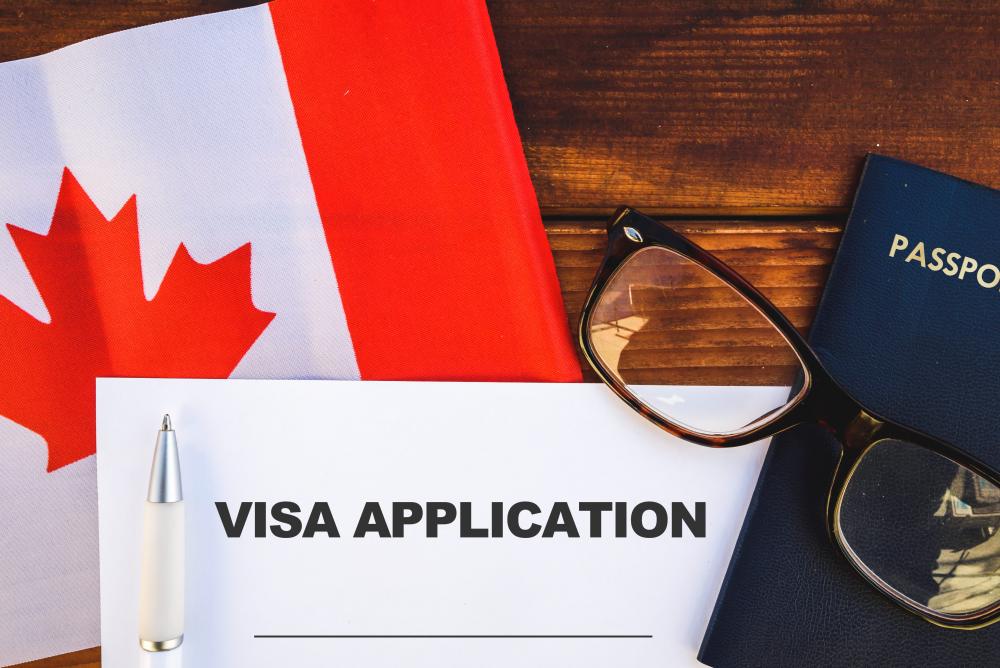Canada’s immigration system involves multiple steps, from getting your nomination approved to receiving an invitation to apply. This process can take a few months to a few years, creating frustration among the applicants.
In 2022, the COVID-19 pandemic has hugely impacted the Canadian immigration process. To combat the spread, the government of Canada has made a few essential changes in the process of Canada’s immigration plan for 2023.
Are you worried about how to immigrate to Canada in this situation? Do not worry, I listed the fastest ways to immigrate to Canada in 2022 while adhering to the changes made by the Canadian government in the process.
Immigration to Canada
1. Express Entry Program
The Express Entry immigration system offers opportunities for immigrants to live and work in Canada as skilled workers. Under this system, Citizenship and Immigration Canada (CIC) evaluates and selects immigrants based on skills or relevant educational qualifications through federal economic immigration programs.
- The Federal Skilled Trades Program (FSTP)
- Federal Skilled Worker Program (FSWP)
- The Canadian Experience Class (CEC)
Under this system, individual provinces or territories can invite applicants through various Express Entry-aligned PNP streams to meet occupational requirements.
Read: Canada Government Jobs for Immigrants – Work in Canada
2. Provincial Nomination Programs (PNPs)
Provincial Nomination Programs offer freedom to Canadian territories and provinces to nominate candidates. PNP is becoming a popular immigration option for applicants interested in settling in any selective province.
Every province in Canada other than Quebec and Nunavut territory has developed its PNP. The immigration programs created by provinces will speed up the immigration process of applicants. Most of the PNPs, demand candidates to get a job offer in Canada as a qualifying criterion.
Check out the different nominee programs below:
- Alberta Immigrant Nominee Program (AINP)
- British Columbia Provincial Nominee Program (BCPNP)
- Manitoba Provincial Nominee Program (MPNP)
- Newfoundland and Labrador Provincial Nominee Program (NLPNP)
- New Brunswick Provincial Nominee Program (NBPNP)
- Nova Scotia Provincial Nominee Program (NSPNP)
- Northwest Territories Nominee Program (NTNP)
- Ontario Immigrant Nominee Program (OINP)
- Prince Edward Island Provincial Nominee Program (PEI PNP)
- Quebec Skilled Workers Program (QSWP)
- Saskatchewan Immigrant Nominee Program (SINP)
- Yukon Nominee Program (YNP)
3. Family Class Sponsorship
Canada can sponsor the permanent residency of your relatives if you are a permanent resident or citizen of Canada. However, there is a criterion in this section, as you can only sponsor your spouse and children (below 22 years of age). In the current situation, the Canadian Immigration system does not allow you to sponsor your parents, you have to create an application under Super Visa Category.
READ: Canada Visa Application and Requirements
4. LMIA Work Visa
Generally, applicants for Canadian immigration get a job offer in Canada6, obtain a work visa, and then decide when to immigrate to Canada. On the other hand, LMIA can offer permanent resident status to immigrants in Canada. LMIA requires the Canadian employer to apply for an LMIA and after the approval of the LMIA, the candidate applies for a work permit.
5. Canadian Investor Immigration
The Investor category includes those applicants who possess high net worth and have owned or operated any business. This category promotes employment opportunities in Canada and thus contributes to Canada’s economic growth. There are two investor immigration programs in Canada:
- Federal Investor Program
- Quebec Program
The fundamental qualifying criteria are that applicants should have a high net worth and they have to invest large funds for at least five years.
RECOMMENDED: Harvard University Scholarship for B.Sc, Masters & Ph.D. Programs
6. Atlantic Immigration Pilot Program
The Canadian government has associated with four Atlantic provinces to recruit newcomers, especially foreign workers under an employer-driven program. These provinces are:
- New Brunswick
- Newfoundland and Labrador
- Nova Scotia
- Prince Edward Island
This program includes three streams based on the education, work experience, and skills of the applicants. Fundamental requirements in these streams are:
- Competitive score in any language proficiency test for either of the languages (French and English)
- Applicant should have adequate funds to sustain himself and his family
The three categories under this program are:
- High skilled worker
- Intermediate skilled worker
- International graduate
7. International students
International students pursuing a 2-year program at any Canadian institute have multiple immigration options. Canada is inclined towards foreign students who have completed their education at Canadian institutes.
Students should apply for Dual Intent, which means both temporary and permanent residence in Canada. Dual Intent offers an opportunity for students to apply for permanent residence with their transient study or work permit.
Foreign students have two options to apply for permanent resident status in Canada. These are:
- Express Entry (Canada Experience Class)
- Provincial Nomination
8. Agri-Food Pilot
The Agri-Food Pilot was introduced to meet the work requirements in the Canadian agri-food sector. The pilot will run until May 2023, and it offers an opportunity to apply for permanent residence to experienced, non-seasonal workers. The essentials under this pilot program are:
- Canadian experience in one or more eligible industries (minimum one year)
- Full-time, non-seasonal job offer from a Canadian employer (outside Quebec)
- To meet minimum education requirements
- To meet CLB 4 in language proficiency
9. Other Options
The Canadian Experience Class (CEC)
Canadian Experience Class is an immigration program under which candidates who have already worked with a Canadian employer for at least one year, stand a chance to apply for permanent residence.
Refugee Claims
Individual applicants can make an asylum claim in Canada. Applicants under the refugee claims must state why they cannot return to their home country. An application for a refugee claim can be through two ways:
- At any Immigration, Refugees and Citizenship Canada (IRCC) office,
- At a port of entry
Humanitarian and Compassionate Application
Humanitarian and Compassionate Applications or H&Cs, refer to those applications which were made from within Canada for permanent residency. Candidates under this category are those applicants who do not possess legal status in Canada but still living in Canada.
Interested in moving to Canada in this year, but still not sure which is the best way for Canadian immigration? Contact our Immigration consultants at Immigration Toronto to get expert assistance.
MORE SCHOLARSHIP OPPORTUNITIES
Finland Scholarships 2023 | Fully Funded Scholarships
Belgium Scholarships without IELTS 2023 | Fully Funded
Fully Funded King Abdullah University Scholarship 2023
Top 5 Reasons Why Scholarships are Essential
Best Motivation Letter for Scholarship Application
Recommendation Letter for Scholarship Application
Best Scholarship in the UK for International Students 2022-2023 – Apply Now!
How to Travel Abroad for Free – Scholarships and Internships





